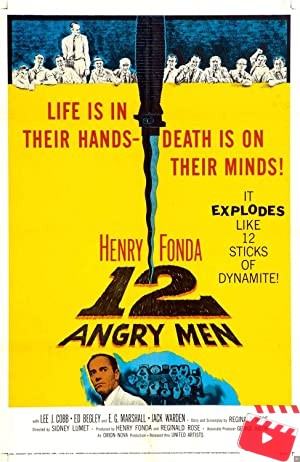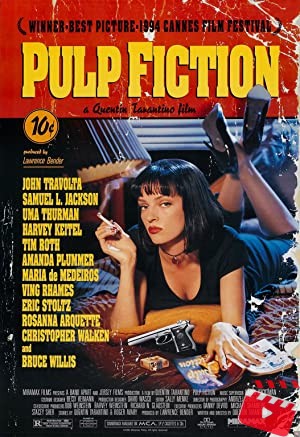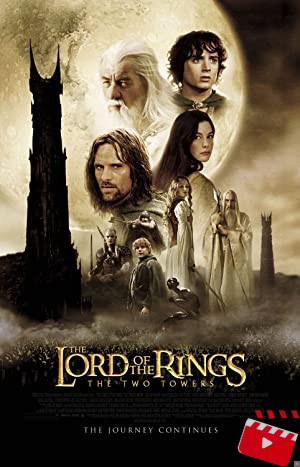
I recently watched the 1962 classic film, Lawrence of Arabia, and was blown away by its beauty, complexity, and captivating storyline. Directed by David Lean, the film is set during World War I and follows the journey of a British officer named T.E. Lawrence, played brilliantly by Peter O’Toole, who is sent to Arabia to help overthrow the Ottoman Empire.
From the opening scene, the visuals of the vast desert landscapes immediately captured my attention. The cinematography by Freddie Young is breathtaking, and the way the camera is used to showcase the beauty and harshness of the desert is nothing short of awe-inspiring. The scenes of Lawrence riding his camel through the seemingly endless expanse of sand dunes are particularly mesmerizing.
But the film isn’t just beautiful to look at – its story is equally engaging. O’Toole’s performance as Lawrence is captivating; he manages to convey the character’s many contradictions and struggles in a way that feels authentic and real. The supporting cast is also impressive, especially Omar Sharif as Sherif Ali, and all of the actors do an excellent job of bringing this world to life.
One of the things that sets Lawrence of Arabia apart from other epic war films is its subtlety. While there are certainly moments of intense action and violence, the film mainly explores the psychology and morality of the characters involved. It raises important questions about imperialism, colonialism, and the ethics of war, and invites the viewer to consider these issues deeply.
Overall, I would highly recommend Lawrence of Arabia to anyone who loves film. It’s a powerful, stunningly beautiful work of art that explores important themes with nuance and complexity. Plus, it’s a great way to spend an afternoon – get comfortable, settle in, and enjoy the journey through the Arabian desert.
Lesson about Lawrence of Arabia
The movie Lawrence of Arabia 1962 teaches us about the complexities of culture, identity, and the consequences of imperialism.
The Best of Lawrence of Arabia
- 1. Cinematography: Lawrence of Arabia is widely regarded as a masterpiece in cinematography. The sweeping desert landscape and breathtaking panoramas were captured with skill by the cinematographer Freddie Young. He pushed the boundaries of what was possible with the technology of the time, using techniques such as deep focus shots and camera movement to create a sense of epic scale.
- 2. Acting performances: The performances of the cast are exceptional, with particular praise usually reserved for lead actor Peter O’Toole‘s portrayal of the enigmatic and charismatic T.E. Lawrence. His character is complex and multi-dimensional, and O’Toole’s performance captures both the heroism and the flaws of the man. Other notable performances include those of Omar Sharif, Alec Guinness, and Anthony Quinn.
- 3. Historical accuracy: While the movie is a work of fiction, it was based on the writings of T.E. Lawrence, who served as a consultant on the film. The movie offers a compelling portrayal of the Arab revolt against Ottoman rule during World War I, and the complex political and military landscape of the region. The film offers insight into the personality and motivations of Lawrence himself, and his role in the conflict. Lawrence of Arabia offers a fascinating insight into one of the pivotal periods of modern Middle Eastern history.
Week points of Lawrence of Arabia
- 1. Lengthy run time: “Lawrence of Arabia” has a runtime of over three and a half hours, which may be difficult for some viewers to sit through. The long duration can make the story seem slow-paced and may not hold the attention of some viewers.
- 2. Historical inaccuracies: While the movie is based on true events, some of the facts have been dramatized or exaggerated for cinematic purposes. The portrayal of certain characters or events may not be entirely accurate, which could be a drawback for history buffs or enthusiasts looking for an authentic representation of the era.
- 3. Lack of diversity: The film is predominantly centered on white male characters, with very few instances of inclusion of other cultures or women. This can be a drawback for viewers looking for diverse representation or an accurate reflection of the social dynamics of the era.
Technical details of Lawrence of Arabia
| Title | Lawrence of Arabia |
|---|---|
| Year | 1962 |
| Rated | Approved |
| Released | 11 Dec 1962 |
| Runtime | 218 min |
| Genre | Adventure, Biography, Drama |
| Director | David Lean |
| Writer | Robert Bolt, Michael Wilson |
| Actors | Peter O'Toole, Alec Guinness, Anthony Quinn |
| Plot | Due to his knowledge of the native Bedouin tribes, British Lieutenant T.E. Lawrence is sent to Arabia to find Prince Faisal and serve as a liaison between the Arabs and the British in their fight against the Turks. With the aid of native Sherif Ali, Lawrence rebels against the orders of his superior officer and strikes out on a daring camel journey across the harsh desert to attack a well-guarded Turkish port. |
| Country | United Kingdom |
| Awards | Won 7 Oscars. 31 wins & 15 nominations total |










